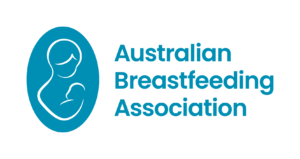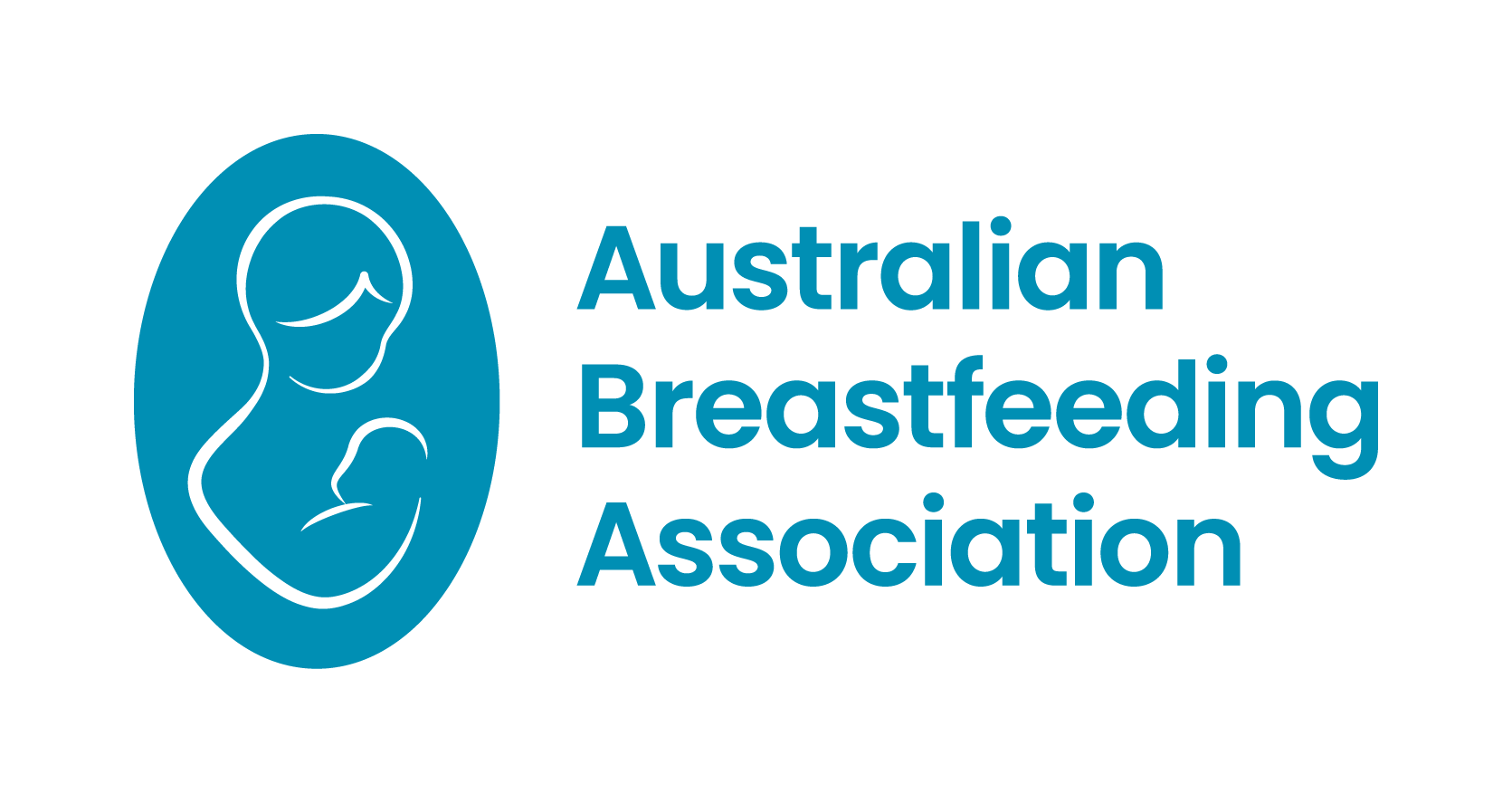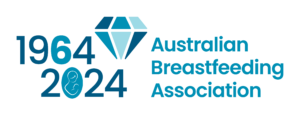Our Blog
News that is here to help
ABA Professional News – June 2020
This week, ABA welcomes our new Executive Officer, Victoria Cerins-Marshall. We wish her well as she settles into her new role.
The International Code of Marketing of Breast-milk Substitutes: frequently asked questions on the roles and responsibilities of health workers
This frequently asked questions (FAQ) document aims to provide health workers with information on their specific roles and responsibilities in protecting breastfeeding practices against the inappropriate promotion of breastmilk substitutes by manufacturers and distributors.
World Health Organisation launches 2020 Report on the Status of The Code
A new report by WHO, UNICEF, and the International Baby Food Action Network (IBFAN) reveals that despite efforts to stop the harmful promotion of breast-milk substitutes, countries are still falling short in protecting parents from misleading information.
World Health Organisation launches 2020 Report on the Status of The Code
A new report by WHO, UNICEF, and the International Baby Food Action Network (IBFAN) reveals that despite efforts to stop the harmful promotion of breast-milk substitutes, countries are still falling short in protecting parents from misleading information.
When Separation is not the Answer: Breastfeeding Mothers and Infants affected by COVID‐19
The World Health Organisation (WHO) has provided detailed guidance on the care of infants of women who are a person under investigation (PUI) or confirmed to have COVID‐19, which supports immediate postpartum mother‐infant contact and breastfeeding with appropriate respiratory precautions. Although many countries have followed WHO guidance, others have implemented infection prevention and control policies (IPC) that impose varying levels of postpartum separation and discourage or prohibit breastfeeding or provision of expressed breastmilk.
Low Supply
Low milk supply is a common reason mothers give for stopping breastfeeding. However, most mothers can produce an adequate milk supply for their babies.







